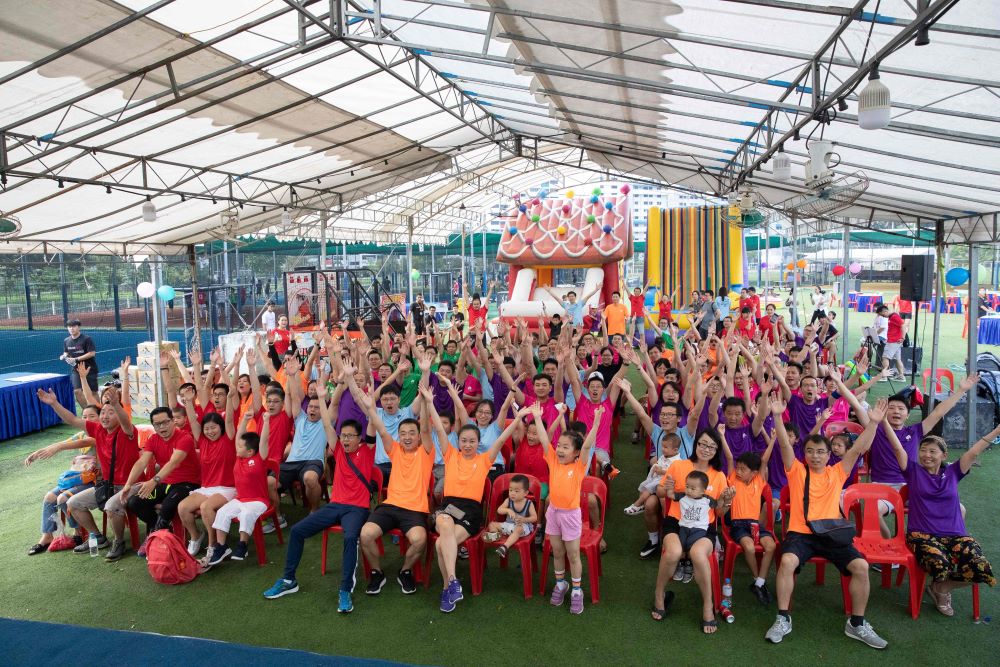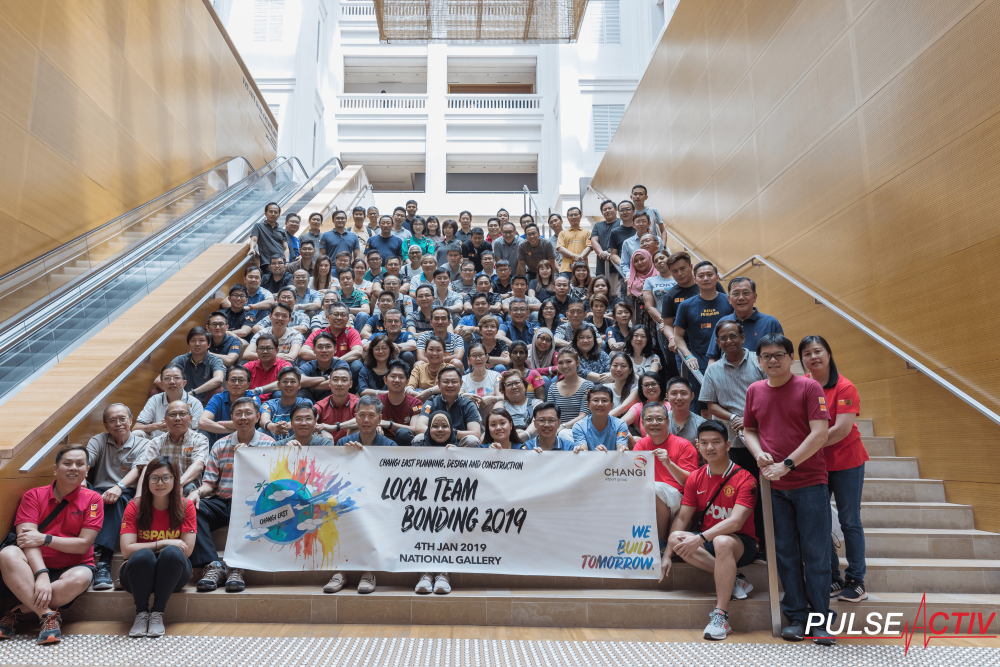Sustainable Event Planning: Eco-Friendly Practices for 2025
As environmental concerns continue to rise, sustainable event planning has become crucial for businesses and organizations looking to reduce their ecological footprint. By incorporating eco-friendly practices, you can create memorable events that are both successful and kind to the planet. Here are the best practices for sustainable event planning in 2025.
1. Choose Sustainable Venues
Eco-Certified Locations: Select venues that have green certifications and follow sustainable practices. Look for places that use renewable energy, practice water conservation, and have waste reduction programs in place. Many venues now boast eco-friendly designs and operations that align with sustainable values.
2. Reduce Energy Consumption
Energy-Efficient Solutions: Utilize energy-efficient lighting, heating, and cooling systems. Opt for LED lights and energy-saving appliances to minimize electricity use. If possible, host outdoor events during the day to take advantage of natural light.
3. Minimize Waste
Zero-Waste Goals: Aim for a zero-waste event by eliminating single-use items. Provide recycling and composting stations, and work with vendors who use biodegradable or recyclable packaging. Encourage attendees to bring their own reusable water bottles and offer refill stations.
4. Offer Sustainable Catering
Locally-Sourced and Plant-Based: Choose caterers who prioritize locally-sourced, organic, and plant-based ingredients. This reduces the carbon footprint associated with transporting food and supports local farmers. Additionally, minimize food waste by carefully planning portions and donating leftovers to local shelters.
5. Go Digital
Paperless Practices: Reduce paper use by opting for digital invitations, tickets, and programs. Utilize event apps for schedules, maps, and communication. Encourage attendees to use digital note-taking tools instead of paper.
6. Promote Green Transportation
Eco-Friendly Travel Options: Encourage attendees to use public transportation, carpool, or bike to the event. Provide information on sustainable travel options and consider offering incentives for those who choose eco-friendly transportation methods.
7. Sustainable Event Materials
Eco-Friendly Supplies: Use sustainable materials for event decor, signage, and promotional items. Opt for reusable, recyclable, or biodegradable options. For example, use fabric banners instead of vinyl and bamboo utensils instead of plastic.
8. Implement Carbon Offsetting
Offset Emissions: Calculate the carbon footprint of your event and invest in carbon offset projects to neutralize emissions. Support reforestation, renewable energy projects, or other initiatives that help reduce greenhouse gases.
9. Engage Attendees in Sustainability
Educational Activities: Incorporate sustainability into your event programming. Host workshops, panels, or discussions on environmental topics. Provide information on your event’s sustainability efforts and encourage attendees to adopt eco-friendly practices in their daily lives.
10. Collaborate with Sustainable Partners
Eco-Conscious Vendors: Work with vendors, sponsors, and partners who prioritize sustainability. This ensures that every aspect of your event, from logistics to execution, aligns with your eco-friendly goals.
11. Measure and Report
Track Sustainability Metrics: Monitor and report on the sustainability efforts of your event. Track metrics such as energy consumption, waste generation, and carbon emissions. Use this data to assess your performance and identify areas for improvement.
12. Foster a Culture of Sustainability
Organizational Commitment: Promote a culture of sustainability within your organization and among your event planning team. Provide training on eco-friendly practices and encourage continuous learning and improvement.
13. Use Renewable Energy
Green Power: If possible, power your event with renewable energy sources. Work with your venue or energy providers to ensure that your event is powered by wind, solar, or other renewable energy options.
14. Sustainable Swag
Eco-Friendly Giveaways: Choose sustainable, practical, and reusable giveaways for your attendees. Consider items such as reusable bags, water bottles, or seed paper. Avoid plastic and other environmentally harmful materials.
15. Post-Event Sustainability
Eco-Conscious Clean-Up: Ensure that the post-event clean-up is sustainable. Properly dispose of waste, recycle materials, and leave the venue as eco-friendly as you found it. Consider donating usable items to local charities or repurposing them for future events.
16. Continuous Improvement
Learn and Adapt: Sustainability is an ongoing journey. Continuously evaluate your event’s environmental impact and seek new ways to improve. Stay updated on the latest sustainable practices and innovations in the industry.
By integrating these eco-friendly practices, you can host successful events that not only meet your objectives but also contribute positively to the environment. Sustainable event planning is not just a trend but a necessary commitment to preserving our planet for future generations. Embrace these practices in 2024 and beyond to make a meaningful impact through your events.
To head back to read another article in our blog, click here.



